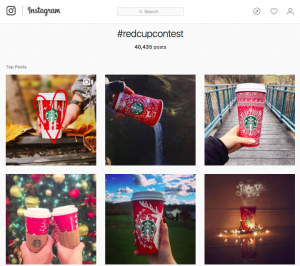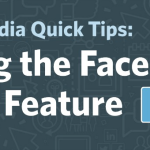The most important thing you need to know about the Secret Email War is that roughly 60% of all email is spam. That’s a surprisingly high number, because 60% of your inbox isn’t spam (even though you complain about spam all the time, don’t you?). The reason that you aren’t actually drowning in spam is that there is an active, constantly evolving war going on every day between spammers and the guardians of your inbox. If you are in the business of using email to communicate with customers and prospects (and who isn’t?), you need to understand this war and how it affects who actually receives your emails.
Good Guys and Bad Guys
You’re probably familiar with the basic story: spammers steal or scrape millions of email addresses (in violation of laws like CAN SPAM) and then send out billions of emails. These are the Bad Guys. ISPs (Internet Service Providers) try to stop the spam from reaching their user’s inboxes. Businesses often have IT groups who layer on additional spam filters. Third party companies offer spamtrap services, blacklists and so on. These three groups are the Good Guys. Users click the “report spam” button when they receive emails that look like spam to them but otherwise are pawns in the ongoing war.
Measures and Countermeasures
You’re probably less familiar with the constantly changing tactics of the war. Over the years, Bad Guys find a new trick, the Good Guys block it, the Bad Guys find a new one, and so on. Here are a few examples:
- Spammers send out ads for drugs like Viagra. Good Guys respond with rule-based content filtering, blocking emails containing keywords (“Viagra”). Spammers start intentionally misspelling words in creative ways (“V1agra”).
- Spammers were so quick to embrace SPF Authentication initially that spam was passing SPF checks 34% more frequently than legitimate email. Good guys respond with hyper-aggressive spam filters that block just about everything.
- ISPs implement checksum filtering to identify a high volume of identical messages. Bad guys fight back by making subtle changes to both images (spacing, color, background) and text (dropping in copy grabbed off the web or from novels) in order to avoid detection by randomizing their messages.
Tips to Avoid Becoming Collateral Damage
So what does this mean for you as an email marketer? Obviously you want to avoid looking like one of the bad guys. Here are a few tips:
- Remember that by the time you hear about a “rule” to avoid looking like spam, it’s probably no longer relevant. So don’t over react to every rumor you hear.
- Some recipient servers may not be up to date with the latest rules. For example, if you are targeting small organizations who likely outsource their IT, you may find that their email filtering rules are years out of date, so you need to reflect that in your email practices.
- Make sure you keep your list clean. This is one constant that the Good Guys look for – if you are emailing lots of bad email addresses then you are probably a spammer!
Are you aware that “clean” means WAY more than just promptly removing anyone who bounces, or who requests to be removed? This is a huge topic that we’ll cover in-depth in our next blog post. But on a very high level, it requires checking that all addresses are deliverable, correcting any typos, format errors and misspellings, and protecting your list from toxic and deliverable but undesirable addresses.
Have you seen any spam trends or been surprised by something you did that led to lots of spam reports?
(160)
Report Post





